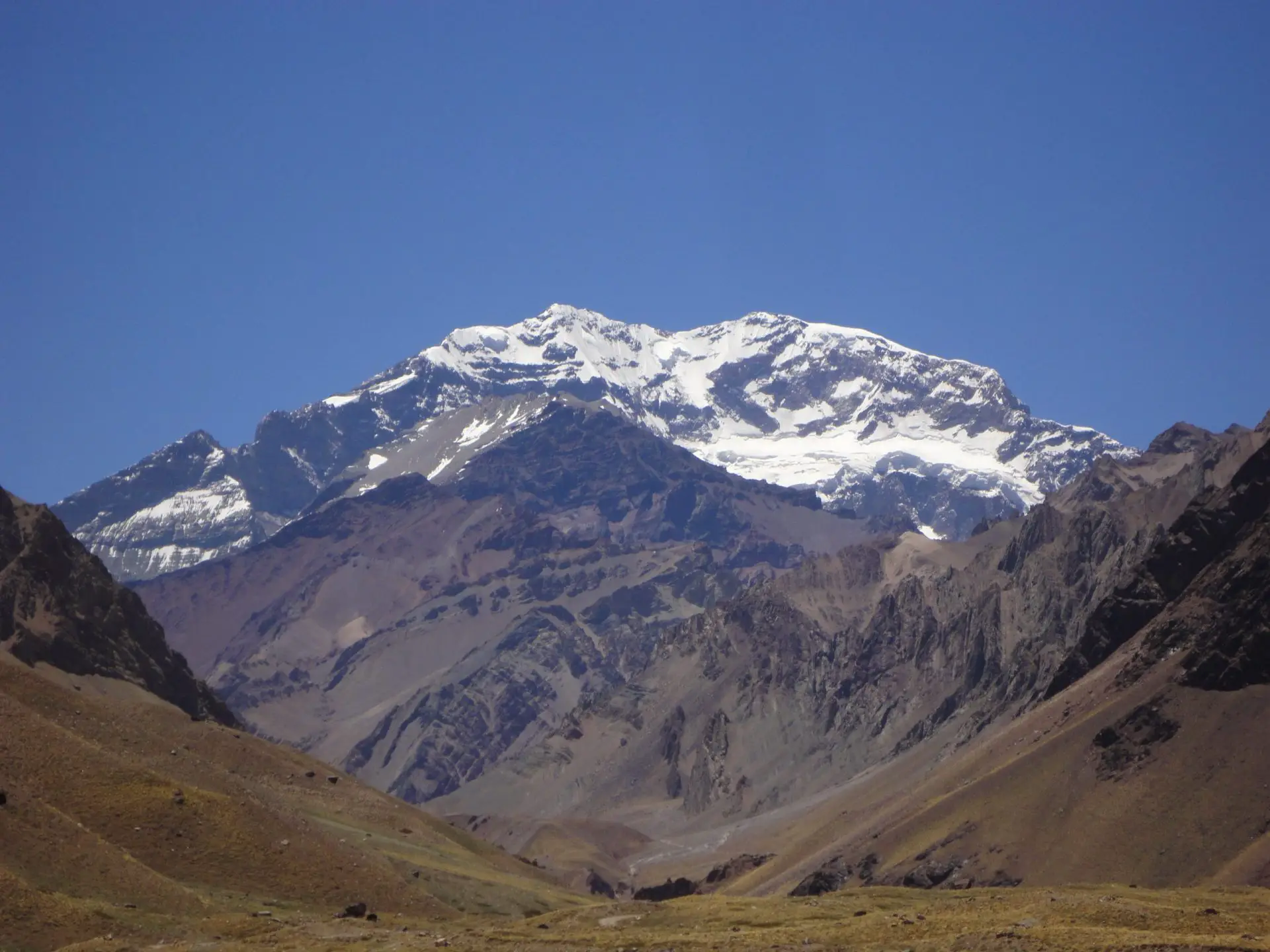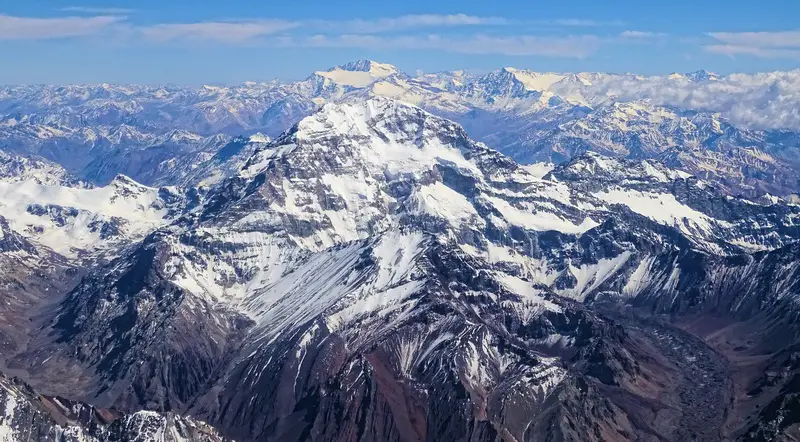Pandemic Cancels Aconcagua Climbing Season
2020 has been an especially long and difficult year for mountaineers and adventure travelers the world over. When the pandemic spread across the globe back in March, nearly every corner of the planet went into lockdown. Planes stopped flying, borders were closed, and international travel was minimal.
As a result, the Himalaya’s spring climbing season was canceled, with the Karakoram the following suit a few months later. Nepal has been optimistic about the return of climbers and trekkers this fall, but elsewhere another of the world’s most iconic peaks has been closed off to visitors.
Aconcagua Closes for the Season
A few days back, Mendoza’s Argentine province announced that it was closing itself off to outsiders to prevent the spread of the coronavirus. This lockdown comes just a few days before the traditional start of the climbing season on Aconcagua, the tallest peak in South America at 6962 meters (22,841 ft.).
Under normal circumstances, hundreds of climbers would now be preparing to arrive in Mendoza to begin their trek to Aconcagua Base Camp. That’s a challenging hike, to be sure, but just a warm up for the mountain itself. For many, the peak serves as the warm-up of sorts for climbing in the Himalaya, providing good technical and altitude training in a well-organized environment.
The ideal months for climbing Aconcagua are from November to February. During that time, the mountain sees a regular string of visitors, which test their skills and stamina on the mountains’ steep slopes. However, that won’t be the case this year as no permits are expected to be issued for the months ahead.

One of the Seven Summits
First climbed back in 1897, Aconcagua has always been seen as a challenging but obtainable summit for determined alpinists. For decades after that initial ascent, it remained a remote and seldom visited mountain. But that all changed in the 1980s when the concept of the Seven Summits took hold amongst mountaineers. Spurred on by the goal of climbing the highest peak on each of the seven continents, Aconcagua went from being an obscure Argentinian climb to a full-blown phenomenon.
Its 6962-meter height makes Aconcagua an anomaly in several ways. It is not only the tallest mountain in the Americas, but it is also the highest peak outside of the Himalaya. This, combined with its relatively non-technical ascent, has helped to make it a popular destination for adventure travelers the world over. Each year, more than 5000+ flock to base camp with hopes of standing on its lofty summit.
Argentina Battles Covid
Like many other countries, Argentina continues to struggle with the coronavirus. In fact, it has been hit hard with more than 30,000 deaths and 1.1 million infections. As with other parts of the world, the country is currently seeing a surge in cases, with more than 30,000 new cases—and 300+ deaths—daily.
With COVID-19 cases surging, the Argentine government has been struggling to contain the spread of the virus. This has led to more lockdowns, which is why Mendoza has elected to close off its borders. With roughly 1500 new cases per day in that region alone, things are looking grim. This makes it not only unsafe for the locals but any outside visitors too.
According to reports, the decision to close Mendoza and the mountain was actually made back in September but wasn’t announced until last week. Why it took so long to reveal this news is unknown, as it no doubt gave hope to climbers and mountain guides alike. Anyone who was planning on traveling to Aconcagua in the next few weeks was likely to struggle to adjust their plans.
Is 2021 in Jeopardy Too?
With many countries seeing their largest number of coronavirus cases so far, it now looks like we’re further away from the pandemic ending than was once thought. That begs the question as to whether or not we’ll actually see a return to normalcy when it comes to mountaineering expeditions.
The first big test will come in Nepal’s spring, which is as eager as any country to get back to the business of climbing. At the moment, there are a few isolated expeditions taking place in the Himalayas, but the fall season is a far cry from a typical year. And with the first COVID case now reaching the Khumbu Valley, it seems even the most remote regions of the planet aren’t safe from the virus.
Whether or not this keeps climbers from go to Everest and other major peaks remains to be seen. And considering how cash-starved Nepal is at the moment, it seems unlikely that another cancellation will happen. Even if it probably should.
Buckle up everyone, it’s going to be a while before things start to calm down.
- Gear Review: The Xero Scrambler Mid is an Ultralight Hiking Shoe for Spring - March 1, 2023
- Gear Review: Yeti Roadie 48 Wheeled Cooler - August 18, 2022
- Kristin Harila Continues Pursuit of 8000-Meter Speed Record - August 16, 2022
